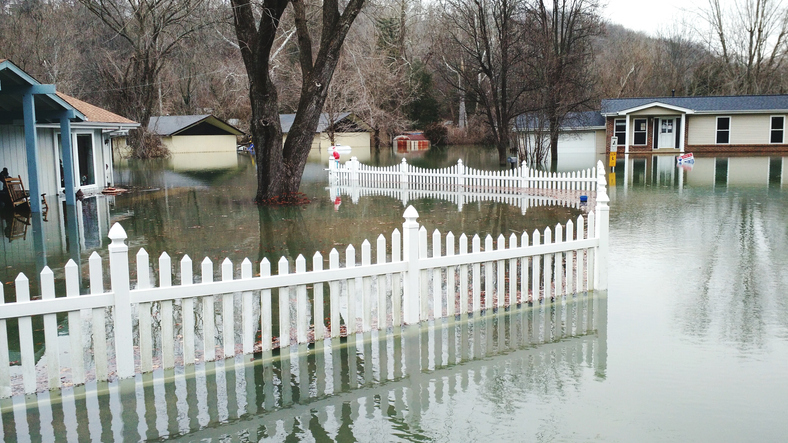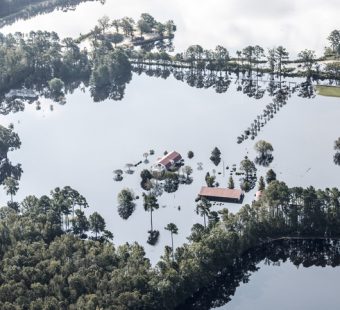
Floods, Freezing, Other Extreme Weather Highlight Need for Planning and Insurance
Jeff Dunsavage, Senior Research Analyst, Triple-I
3/4/21
Recent flooding in Kentucky “is going to be one that goes into the record books,” the state’s Emergency Management Director Michael Dossett said in a news conference this week. At least 49 counties had issued disaster declarations following days of rain that dumped four to seven inches across a wide stretch of the state and pushed rivers to levels not seen for decades.
Dossett and Gov. Andy Beshear said the state had been in contact with the Federal Emergency Management Agency (FEMA) to seek federal aid and that assessments would be made next week for both the flooding and an ice storm last week. Damage assessments for the ice storm had been put on hold by the floods.
Extreme weather events, like these floods and last month’s winter storm that left dozens of Texans dead, millions without power, and nearly 15 million with water issues, underscore the importance of resilience planning and of homeowners and businesses having appropriate insurance coverage.
Flood protection gap
About 90 percent of all U.S. natural disasters involve flooding. Whether related to coastal and inland inundations due to hurricanes, extreme rainfall, snowmelt, mudflows, or other events, floods cause billions of dollars in losses each year. According to FEMA, one inch of flood water can cause as much as $25,000 in damage to a home.
But direct economic losses are only part of the picture. Human costs are enormous, and it can take families, businesses, and communities years to recover.
Flood damage is excluded from coverage under standard homeowners and renters insurance policies. However, coverage is available from FEMA’s National Flood Insurance Program (NFIP) and from a growing number of private insurers.
Many people believe they don’t need flood insurance if the bank providing their mortgage doesn’t require it; others assume their homeowners insurance covers flood damage; others think they cannot afford it.
As a result, a substantial protection gap exists.
A recent analysis by the nonprofit First Street Foundation found the United States to be woefully underprepared for damaging floods. It identified “around 1.7 times the number of properties as having substantial risk,” compared with FEMA’s flood zone designation.
“This equates to a total of 14.6 million properties across the country at substantial risk, of which 5.9 million property owners are currently unaware of or underestimating the risk they face,” the report said.
Current system unsustainable
The NFIP owes more than $20.5 billion to the U.S. Treasury, leaving $9.9 billion in borrowing authority from a $30.43 billion limit in law. This debt is serviced by the NFIP and interest is paid through premium revenues. With flood losses on the rise, the current system is not sustainable without changes.
In December, FEMA proposed “substantively” revising the “estimated cost of assistance” factor the agency uses to review governors’ requests for a federal disaster declaration to “more accurately assess the disaster response capabilities” of the states, District of Columbia and U.S. territories. Its Risk Rating 2.0 initiative aims to make flood insurance rates more accurately reflect insured properties’ individual flood risk.
In other words, the federal government will likely ask states, municipalities, and some policyholders to shoulder more of the cost of recovering from natural catastrophes.
Complex challenges require multi-pronged approaches to address them, and FEMA and other federal and state agencies are working with the private sector to close the flood protection gap. In the near term, the most cost-effective way for families and businesses to mitigate flood risk is insurance.
If it can rain where you are, it can flood where you are. As Daniel Kaniewski, managing director for public sector innovation at Marsh & McLennan and former deputy administrator for resilience at FEMA, put it during a Triple-I webinar last year: “Any home can flood. Even if you’re well outside a floodplain, get flood insurance. Whether you’re a homeowner or a renter or a businessowner — get flood insurance.”



